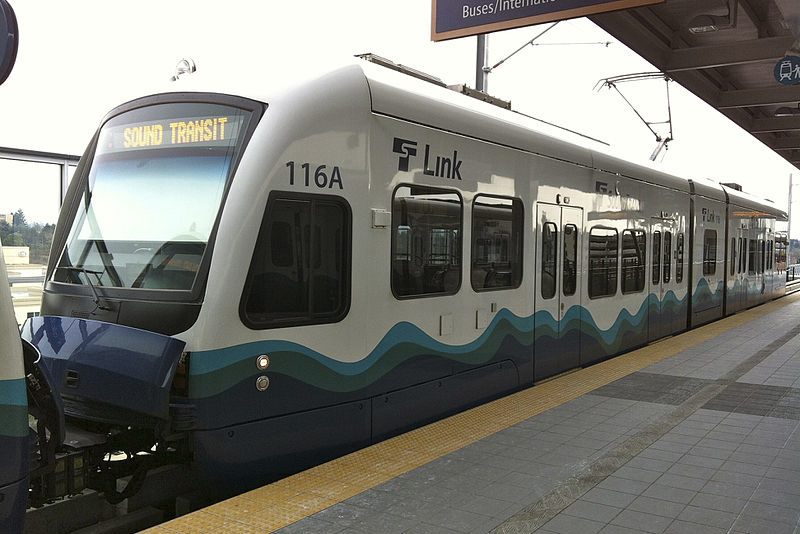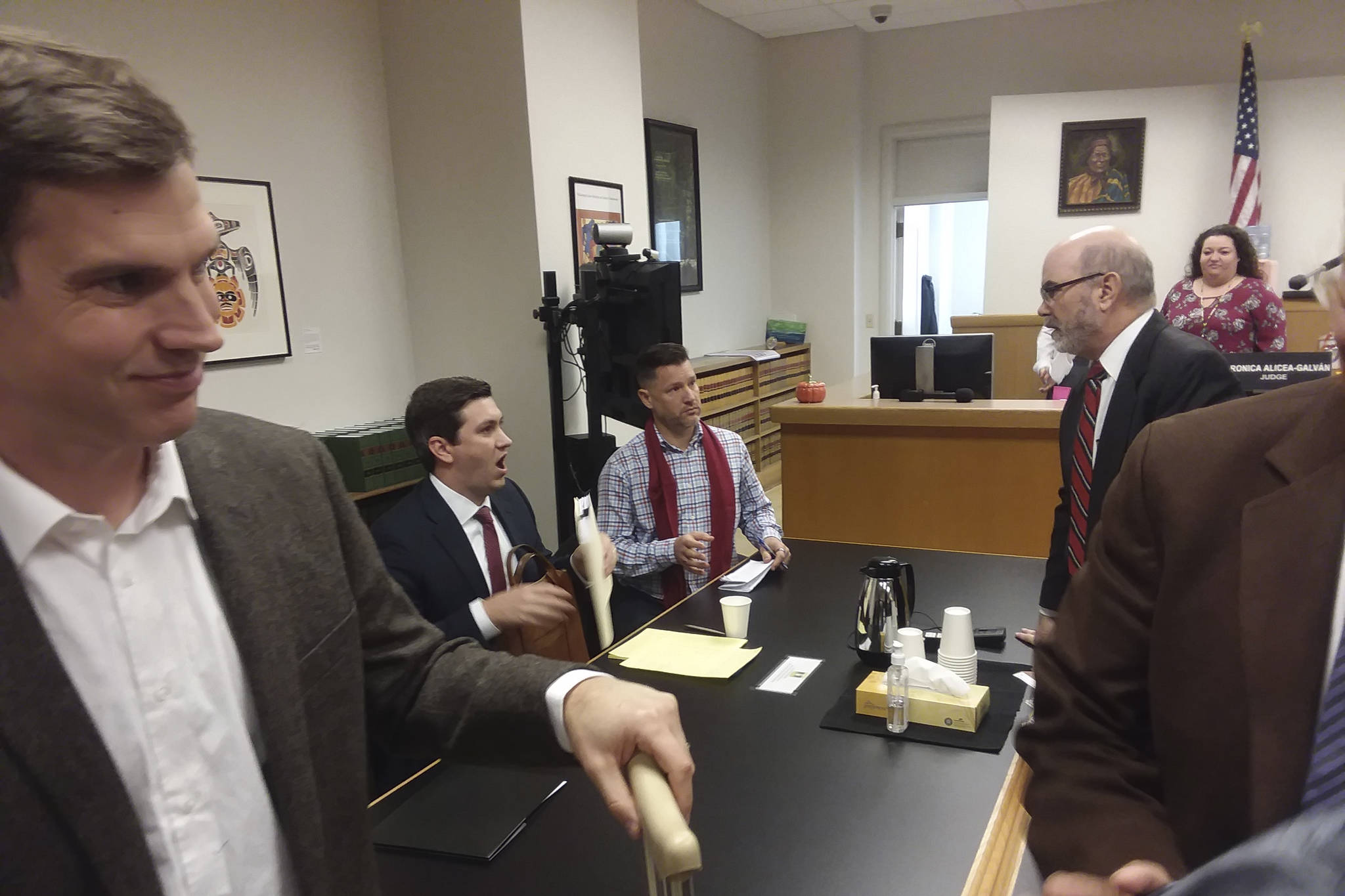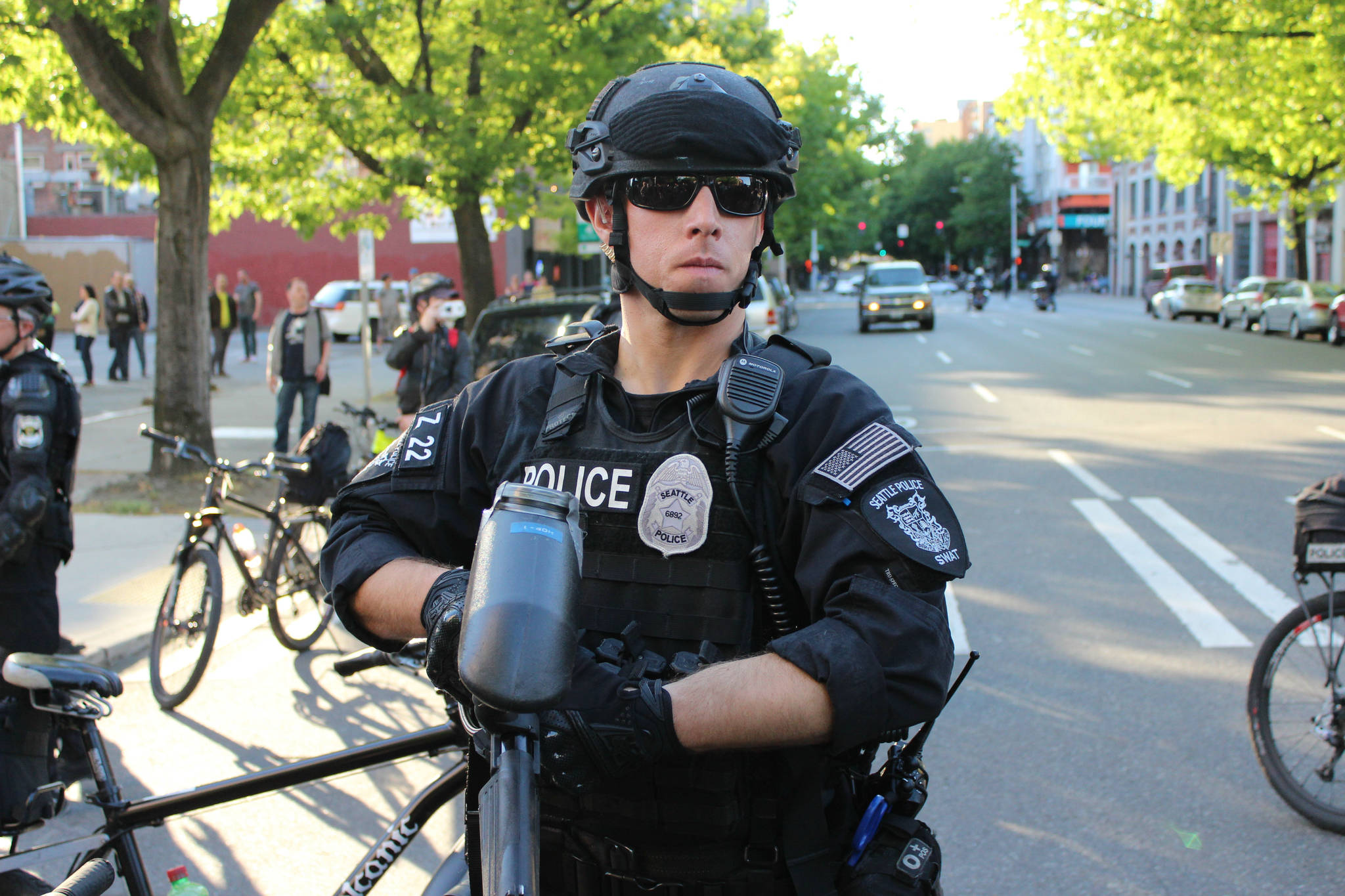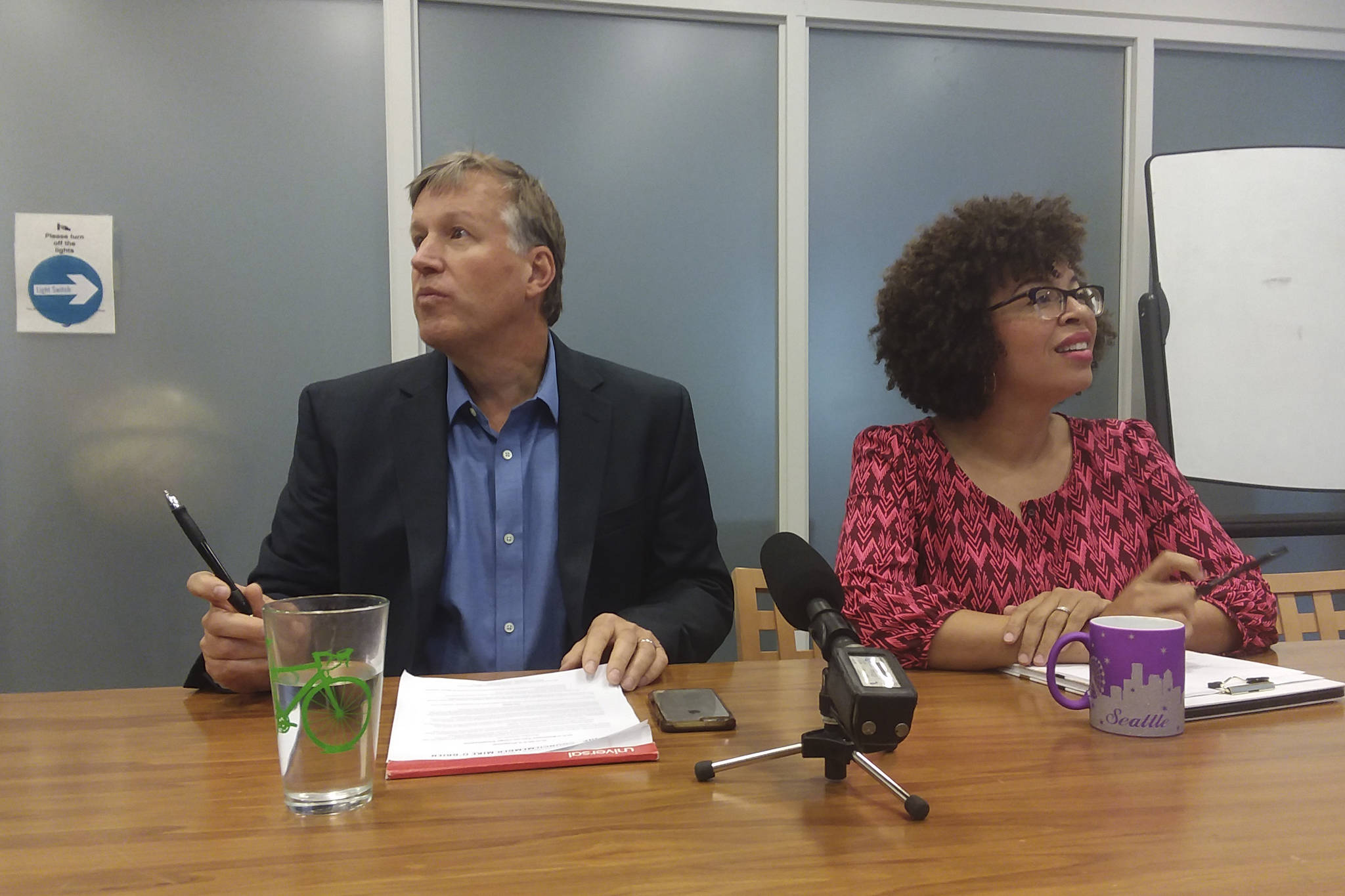This morning, the Sound Transit board unanimously approved an amended version of the tax-and-build transit plan they’ll send to voters for approval this fall. One big change in the plan, called ST3, from earlier versions? A light rail stop in North Seattle, at 130th St., will be fully funded.
The station isn’t scheduled to be up and running until 2031. But far-flung as that date is, to Seattleites north of Green Lake it represents a toe-hold into the region’s transit system as it blossoms over the next two or three decades.
“I like to joke that I-5 is kind of the Berlin Wall of District 5. It has separated us since it was built in the ‘60s,” says the district’s city council representative Debora Juarez, who credits her constituents and colleagues for making the 130th St. station happen. Since joining the council at the beginning of this year, Juarez has largely defined her role on council in terms of loyalty to her own district and forcing Seattle to take its own north end more seriously. She lobbied hard for full funding of the 130th St. station after Sound Transit released a draft plan in March that listed the station as “provisional” (as in, ‘We’ll build it if we find the money’). That lobbying culminated in an amendment Seattle councilmembers presented to the Sound Transit Board last week that guaranteed funding for the station.
Today, the Board confirmed that decision. For Juarez and her constituents, a guaranteed station in their district carries not only practical but also symbolic importance, as a kind of acknowledgement from the larger city that “the north end…isn’t just mile after mile of cornfields,” as Juarez puts it. “We were annexed to the city 61 years ago,” she says, “and I think what we’re trying to do is say, ‘We’re here, we’re vibrant, we’re growing. Look north!’”
Juarez sees investment in the station as part of a social contract between the city and northern Seattleites who need better transit if they’re going to take more density. “For the last 15 months [my constituents have] been planning about upzoning, addressing displacement, looking at transit oriented housing, transit oriented development,” she says. “So when they saw the word ‘provisional’” next to the 130th St. station, “like me, they were upset, because they believed that in exchange for having these discussions of upzoning, of looking at multifamily zones, of having displacement and also expanding the urban villages—they thought they were getting a transit station that they could walk to.” And now they will.
Her colleague Mike O’Brien, who until recently also sat on the Sound Transit board (he was replaced this year by councilmember Rob Johnson), calls the final ST3 package “great,” though not perfect, and acknowledges its $54 billion price tag might turn off some voters. “It’s obviously a big package,” he says, “so folks who want to highlight how expensive it is will do that.
“But what we hear every single day in this city,” he says, “…is we need better transit opportunities.”
This fall, voters will decide whether to fund those better opportunities are worth funding. You can see a full breakdown of the final ST3 package, including sped-up timelines for some of its projects, here.








